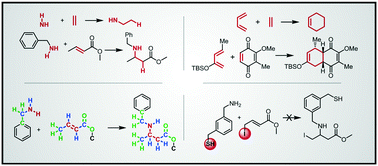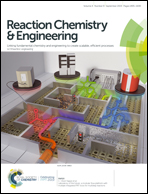The logic of translating chemical knowledge into machine-processable forms: a modern playground for physical-organic chemistry†
Abstract
Recent years have brought renewed interest – and tremendous progress – in computer-assisted synthetic planning. Although the vast majority of the proposed solutions rely on individual reaction rules that are subsequently combined into full synthetic sequences, surprisingly little attention has been paid in the literature to how these rules should be encoded to ensure chemical correctness and applicability to syntheses which organic-synthetic chemists would find of practical interest. This is a dangerous omission since any AI algorithms for synthetic design will be only as good as the basic synthetic “moves” underlying them. This Perspective aims to fill this gap and outline the logic that should be followed when translating organic-synthetic knowledge into reaction rules understandable to the machine. The process entails numerous considerations ranging from careful study of reaction mechanisms, to molecular and quantum mechanics, to AI routines. In this way, the machine is not only taught the reaction “cores” but is also able to account for various effects that, historically, have been studied and quantified by physical-organic chemists. While physical organic chemistry might no longer be at the forefront of modern chemical research, we suggest that it can find a new and useful embodiment though a conjunction with computerized synthetic planning and related AI methods.

- This article is part of the themed collection: Synthesis 4.0: Towards an Internet of Chemistry


 Please wait while we load your content...
Please wait while we load your content...